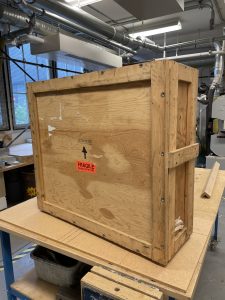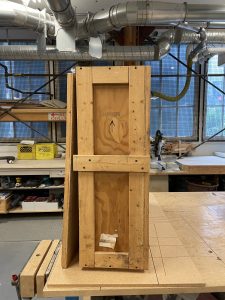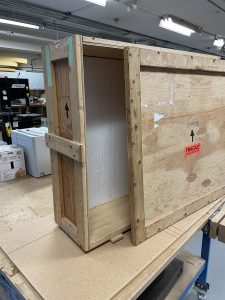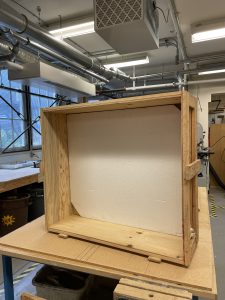Materials up for purchase:
- Raw canvas (6’ wide)
- Canvas stretchers (10’)
- Reusable safety gloves (small, medium, large)
- Locks
- Safety glasses
- Dust masks
- Other (misc. materials)
How to purchase Materials:
For in person purchases:
Simply visit the AHVA workshop where you can find a set of QR codes which direct you to the payments website as well as other important links to get you started in using the workshops resources such as:
- WHIMIS training
- AHVA workshop bookings (visit this link for a more detailed rundown on how to book a time slot)
- AHVA payments
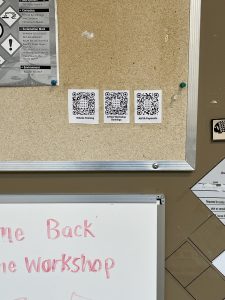
Note: the most popularly purchased materials are individually marked with a QR code at their respective locations around the workshop for your convenience.


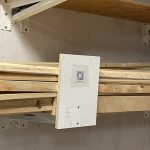
For online purchases:
If you prefer to pre-buy your materials online before your visit to the workshop, you may choose to purchase online instead. Once you have purchased your materials online, you can select the pickup location as the AHVA workshop and pickup whenever works best for you.
Visit this link to begin purchasing.
Note: All payments are made made contactless online which means we don’t take payments in the form of cash (sorry!).
Easy buying and no more crying!
